1200 Miles Through the South-Western US
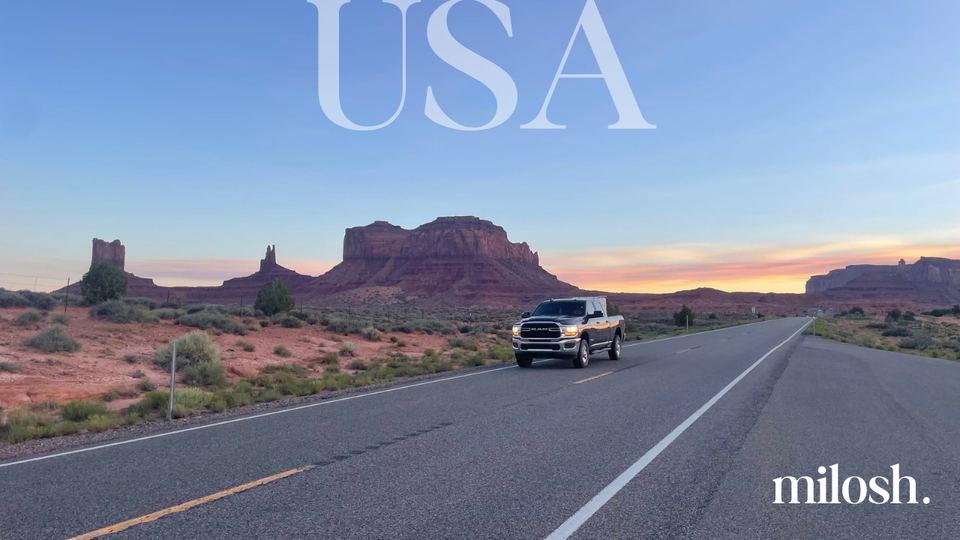
While for us Europeans, the coasts and national parks are what attract us to the US, I thought it would be nice to explore some parts off the (b)eaten path. Thankfully, America's highway system makes it easy for road trips around the country! Within five days, we road-tripped through Utah, Colorado, and New Mexico—three states with some of the lowest population densities in the union. Five days, lots of driving, and so many different landscapes. From Monument Valley in Utah, which felt like Mars, into the thin air of the Rocky Mountains in Colorado, to the endless desert and white sands of New Mexico. Read about the adventures and learn why remote work is growing and flourishing in all three states.
Utah - Life Elevated
We did not plan on driving through Utah. The plan was just to make it to the Rockies in Colorado and spend a long weekend (July 4th) hiking. Yet fate made it so that we ended up spending a night there. All I knew about Utah before coming to the US was the high population of Mormons and the stunningly beautiful national parks.
We left Phoenix around noon, hoping to make our way to Colorado that day. However, we did not realize that we were not the only ones escaping the Arizona heat for the prolonged weekend, and the traffic proved to be crazier than we anticipated. As we made our way up the state, it took us roughly five hours to drive all the way north (the size here is just so different, and my mind is still not fully used to it). By now, we knew making our way to Colorado and hiking a 14er the next day would be almost impossible. (A "14er" is a term Americans use for a mountain that is 14,000 feet tall, or over 4,267 meters.)
We had a choice to either cross through the Four Corners (where four states meet) to Colorado or make a detour through Monument Valley. With the sunset approaching, this was a no-brainer. The landscape began to transform into something out of this world. As soon as we saw the first road, I was the first to stop, claiming, "This is the road from Forrest Gump!" However, we were the only car in a 50-mile radius, so something did not quite click. Jamie was adamant that the Forrest Gump road was "even more beautiful," so we kept on driving.
Drive itself is a breathtaking experience. You don't know whether your head should turn left or ride. We had multiple stops and the setting sun provided incredible lighting. At last, we found the iconic road - and,obviously, we were not the only ones. Soaking up all the sun, we both went for an iconic run.
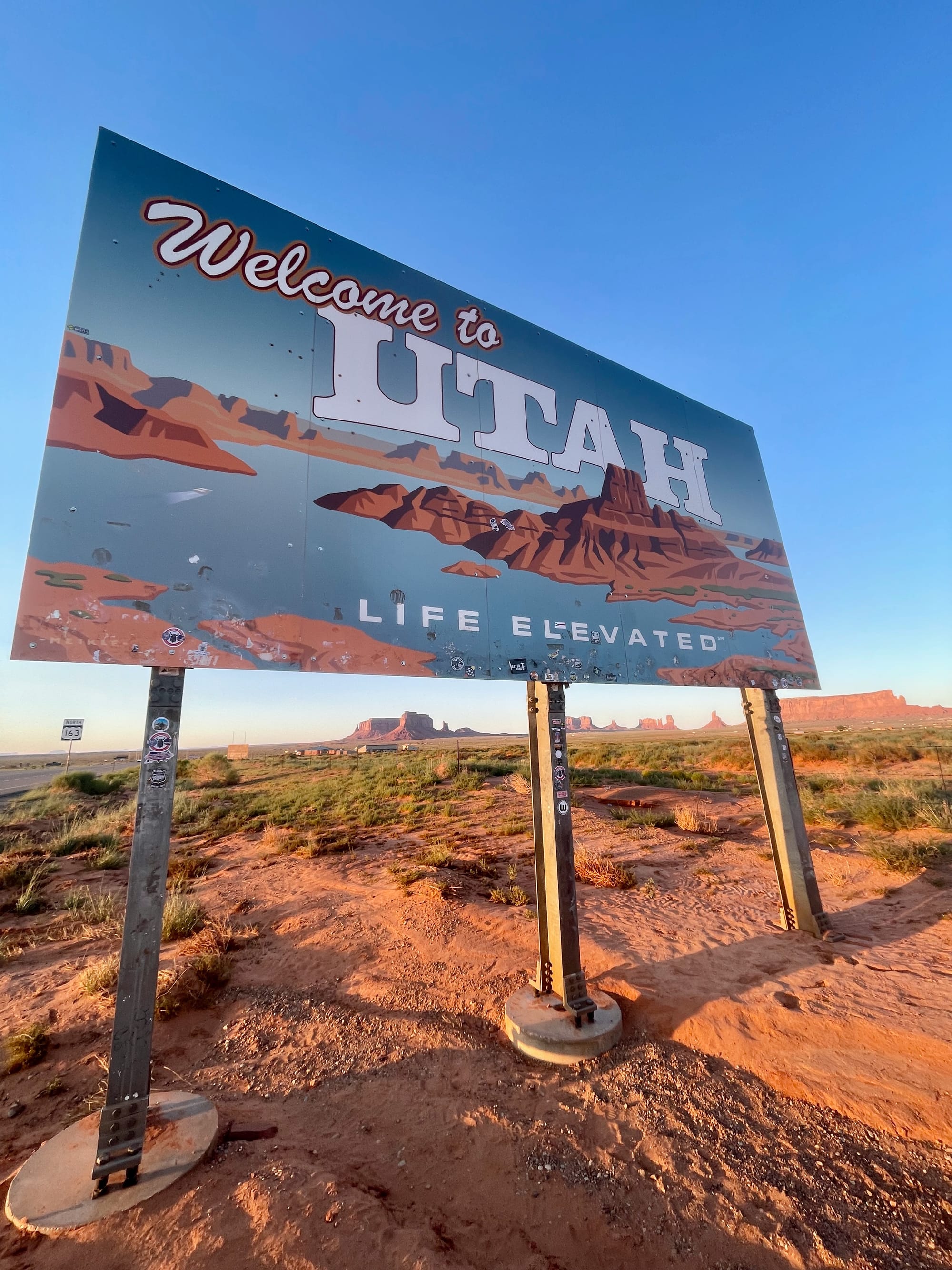
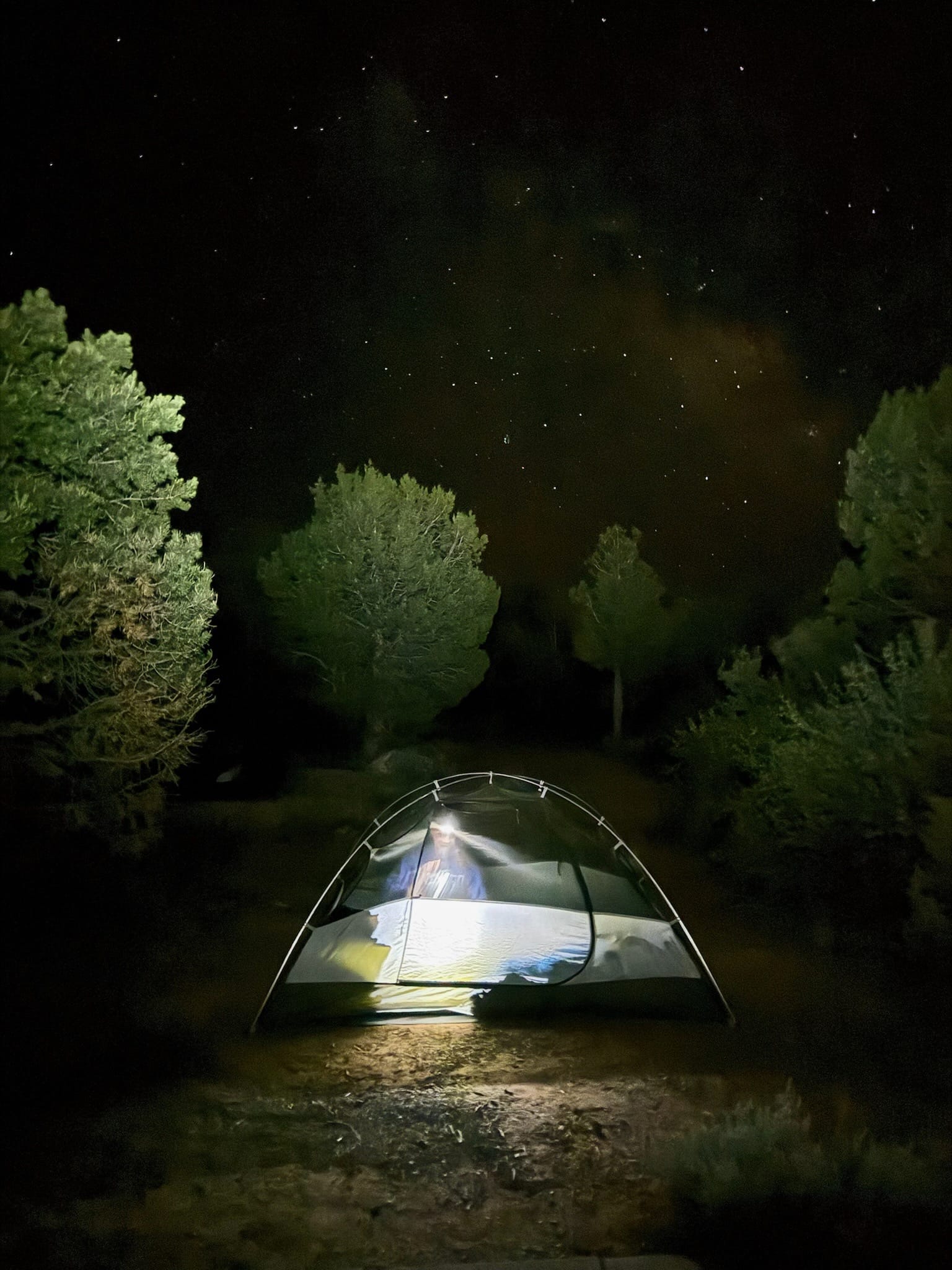
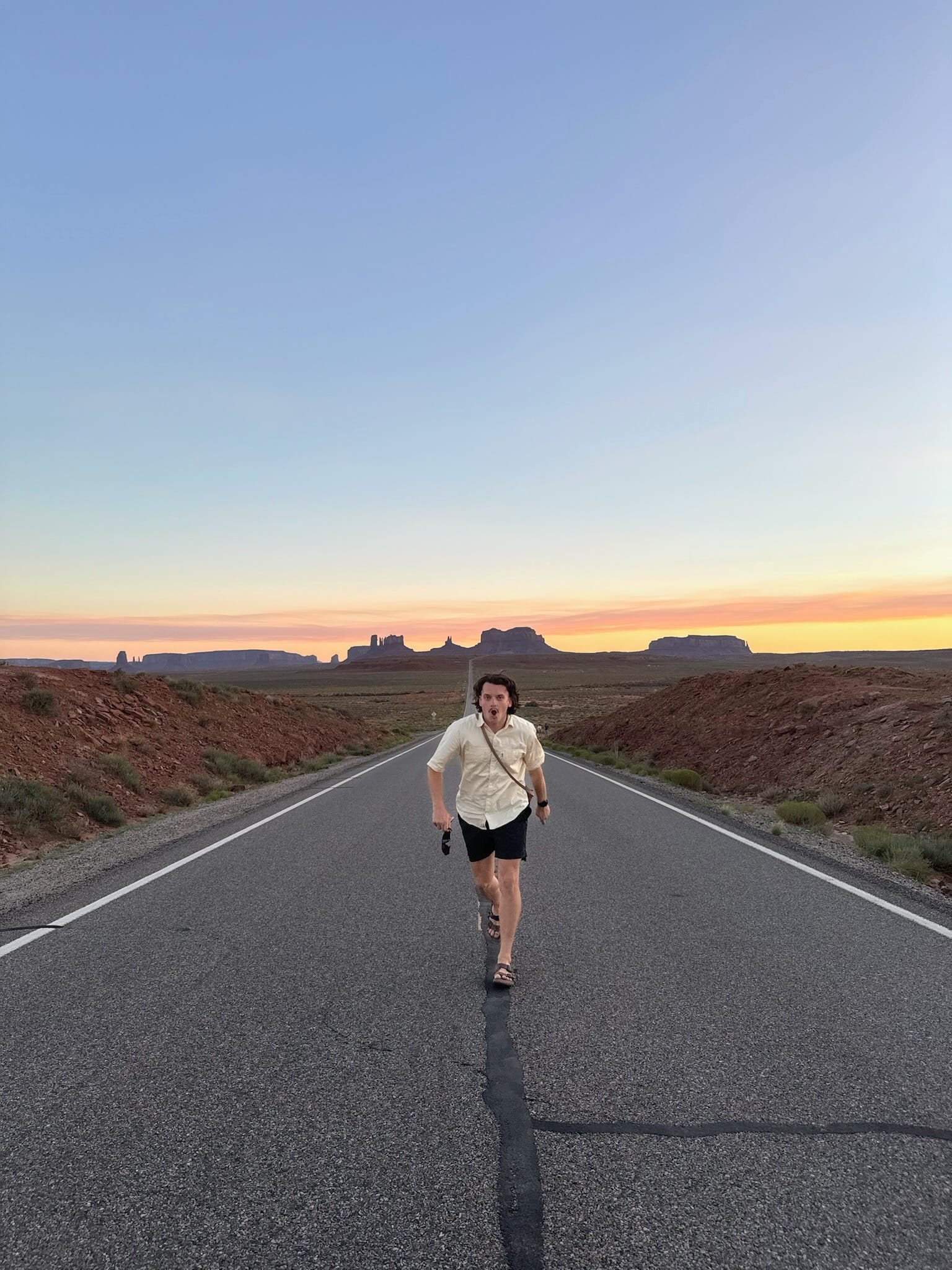
While the sunset made for beautiful scenery, it also meant we would have to drive the rest of the way at night. After trying to stop at a few gas stations in the middle of nowhere, we realized it might not be the best idea to keep going. Thanks to the magic of apps like Campendium, we were able to find a cool campground nearby that was self-operating. Staring at the Milky Way through the night sky with no rain cover on the tent, we couldn't have made a better decision.
We left the campground earlier than anticipated and gave up on the dream of hiking Mt. Sneffels—or rather postponed it until Saturday. As we made our way out of Utah, we stopped for coffee. By the side of the road, we saw an older gentleman proudly wearing his uniform. Our curiosity couldn’t hold us back from talking to him. It turned out he was a former pilot who served in the Vietnam War and comes to this place every year for Independence Day to pay his respects. We brought him an orange juice, chit-chatted, and then made our way towards the Rocky Mountains.
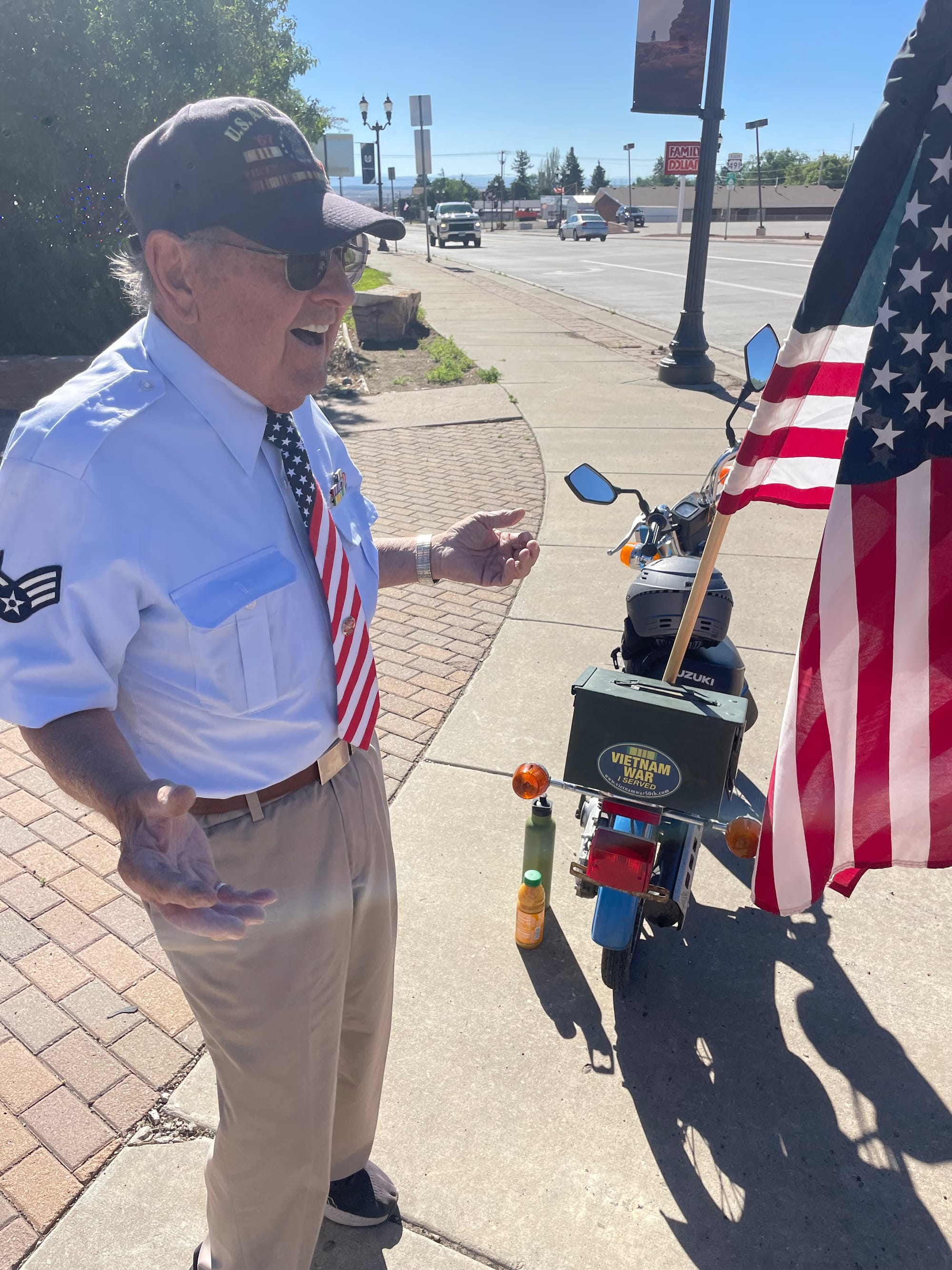
I will not dive into Colorado too much as it deserves its blog. Next week I will share all about our acclimatization process, encounter with mean Americans, and attempt at Mt. Sneffels & the Rockies.
New Mexico - The Land of Enchantment
After three days in Colorado, we were so tired of the altitude that we headed straight down and didn’t stop until we reached New Mexico! Okay, we did stop briefly for some otherworldly Texas barbecue. We entered New Mexico together with the setting sun and had to search for a campground. We managed to find one called Mountain View Campground, and it truly stayed true to its name. We fell asleep on the white sand ground, listening to roadrunners all around us.
The campground was located not far from Aztec. Back in time, New Mexico, as well as Mexico, was part of New Spain, an overseas Spanish territory. This dates back to the late 16th century when Spanish explorers first ventured into the region. For the next two centuries, it became a vital part of the Spanish Empire, serving as a cultural and economic crossroads.
Aztec, founded in the late 19th century, was named for the ancient Aztec civilization, although it has no direct historical connection to them. Today, Aztec is known for its rich history, including nearby archaeological sites that reflect the area's Native American heritage. We visited the UNESCO site and & I have to say, the blend of Hispanic and Native American cultures was very apparent in the architecture of New Mexico.
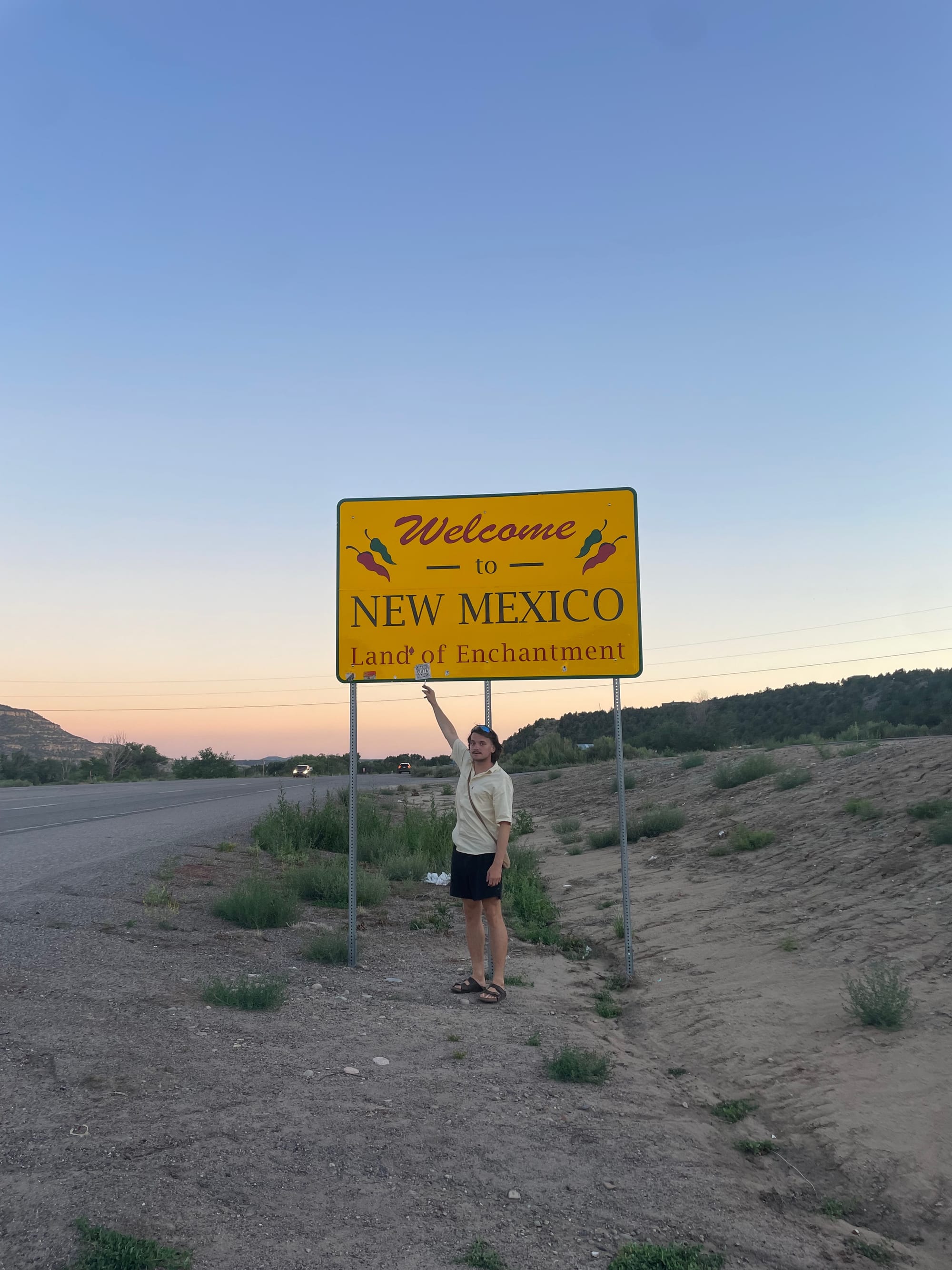
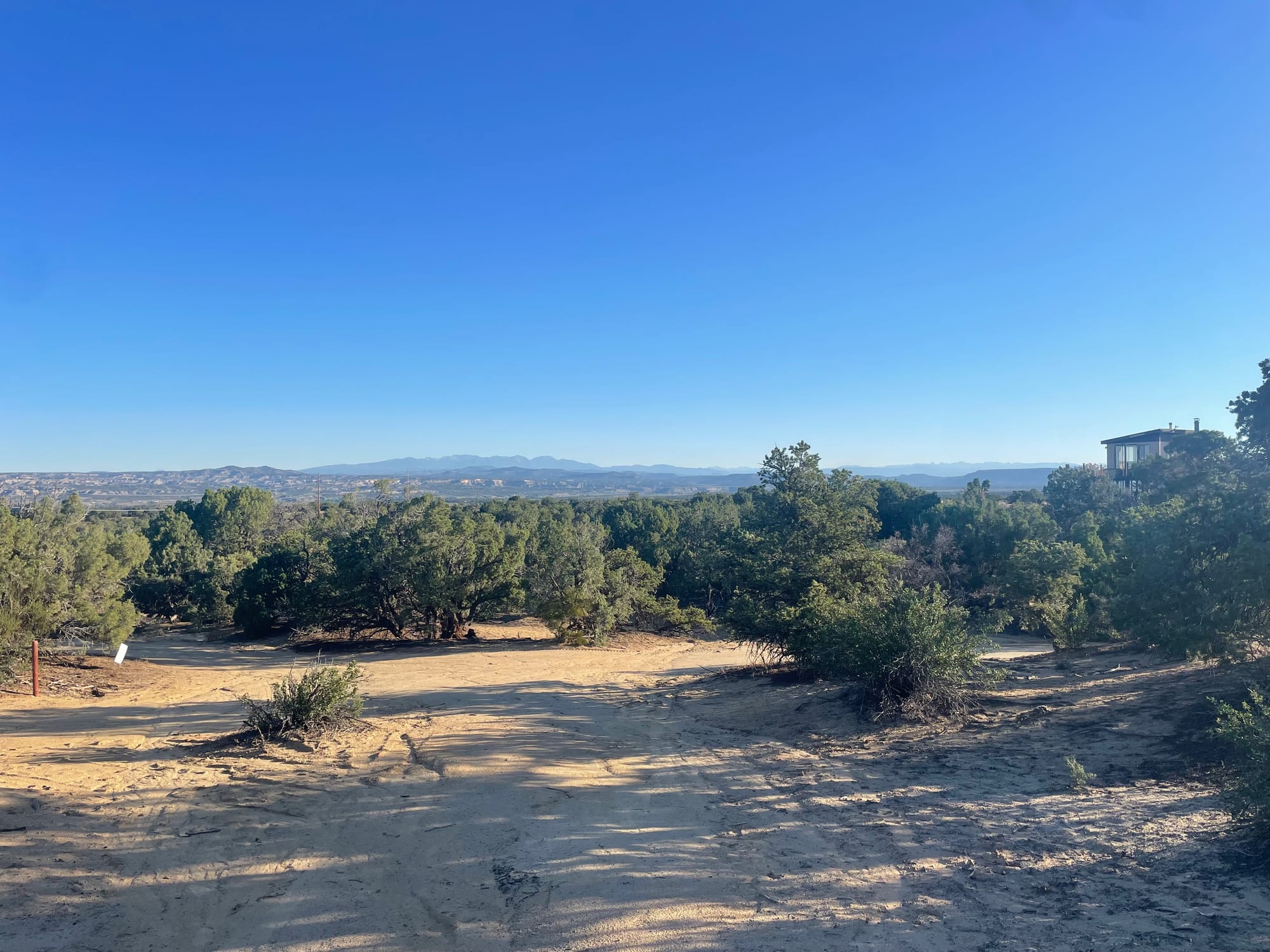
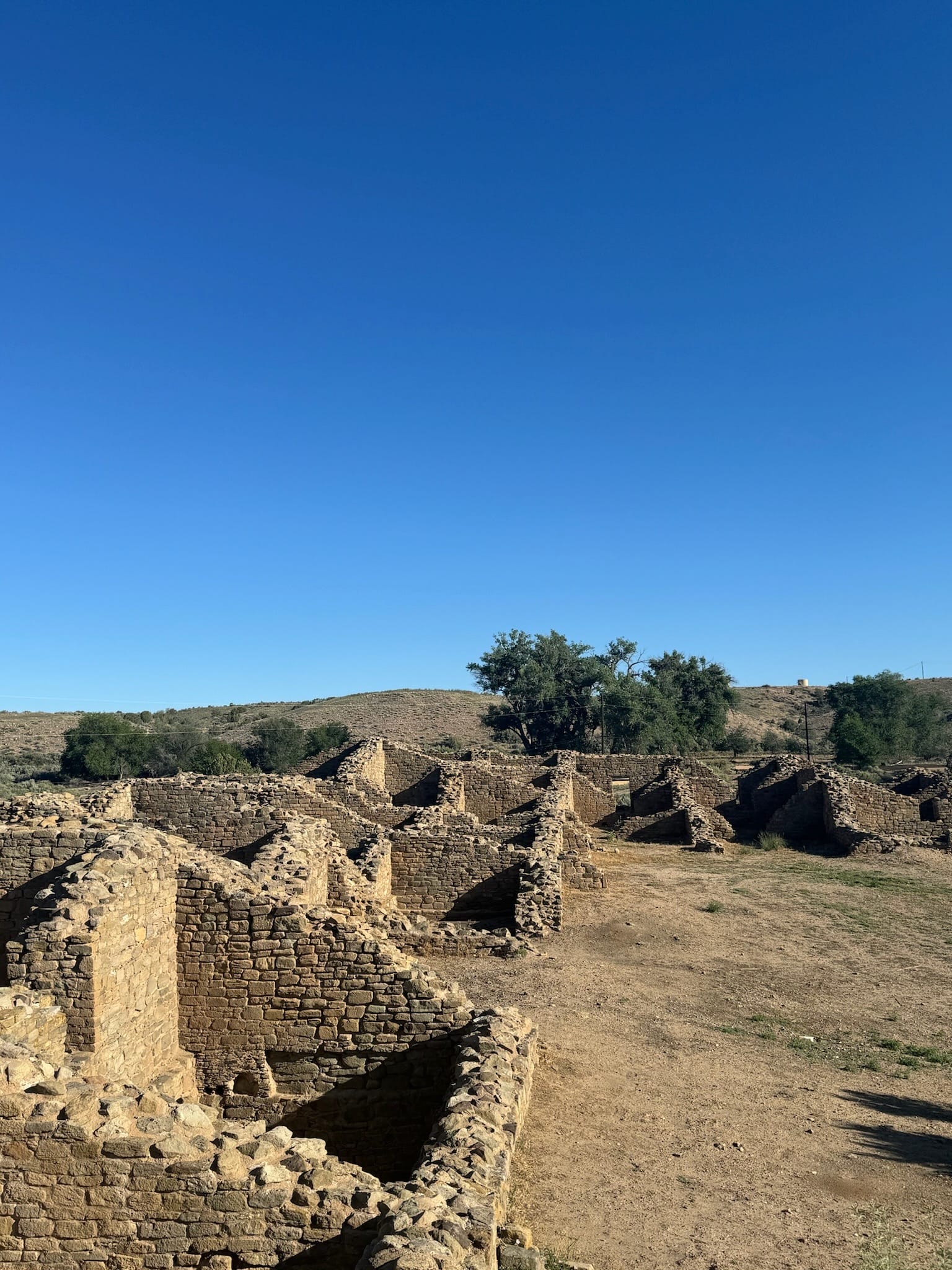
New Mexico
New Mexico is more than Los Alamos or a Breaking Bad territory. It's the least densely populated state out of the 50 and is home to only over 2.5 million people. Will be back to explore White Sands National Park, the mountain ridges of the Continental Divide or the culture & arts scene in Santa Fe.
Why is South West Nomad & Remote Work Friendly?
Multiple factors come into play when considering why this part of the US is attractive for remote workers. All three states have a combined population of just over 10 million, which is less than Rio de Janeiro, Los Angeles, or Paris.
Both Colorado and Utah rank as the top 5 states with the highest percentage of remote workers.
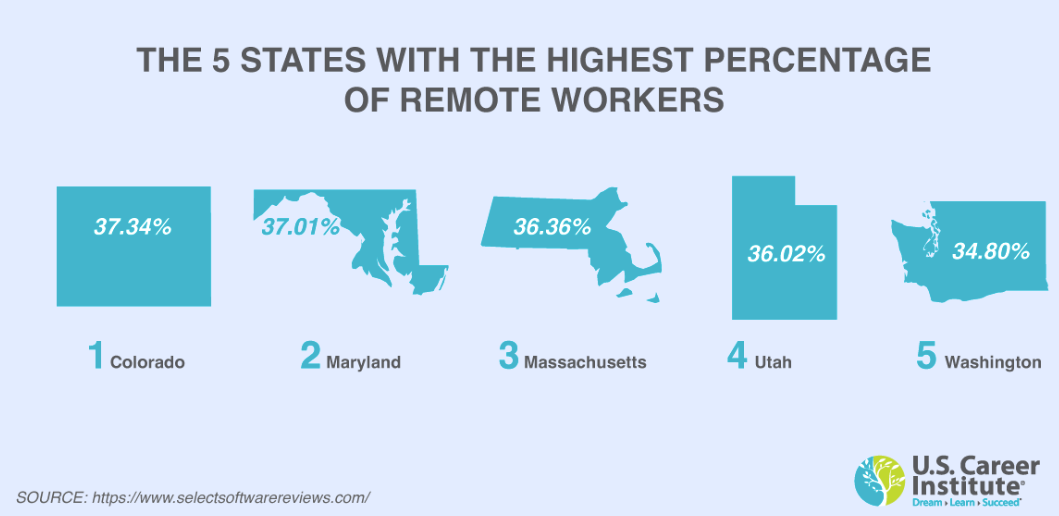
All of the states in the Southwest region are home to thousands of remote-first companies, enabling their employees to live in the countryside without having to commute to big cities. Living costs also make the Southwest enticing. Compared to coastal cities like San Francisco or New York, the cost of living in these states is significantly lower. This allows remote workers to stretch their budgets and enjoy a higher quality of life.
Infrastructure & Proximity
While there are over 100 coworking spaces in Utah, Colorado has an up-and-coming startup ecosystem, and New Mexico has a great arts scene. However, there seems to be a significant shortage of community-driven living spaces. This comes as no surprise, as I found out during my travels across the US—this concept has not been widely introduced to the country. Yet.
While the Southwest may feel like a world away, it is quite accessible from major cities like Los Angeles, Phoenix, Denver, and Dallas. This makes it easy for remote workers to stay connected to their professional networks while enjoying a more relaxed lifestyle.
I believe Utah, Colorado, and New Mexico are emerging destinations for digital nomads and remote workers. As I am launching a Digital Nomad Attractiveness index for destinations in a fortnight, I will be interested to see how some of my favorite places will score.
